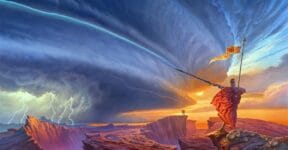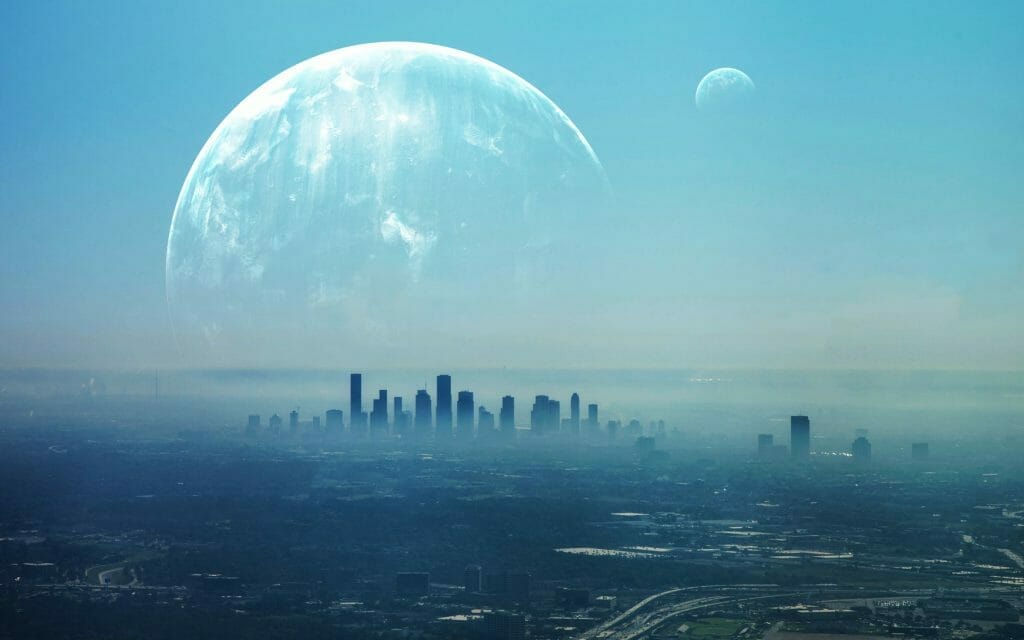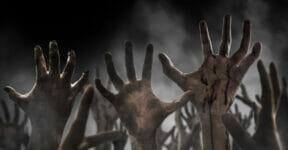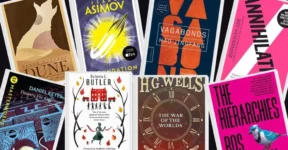A sub-genre of science fiction, post-apocalyptic literature is characterized by the struggle for survival after an end-of-the-world event. Many writers have delved into the genre, but only a handful can be considered the true best post-apocalyptic authors.
H.G. Wells (September 21, 1866 – August 13, 1946)
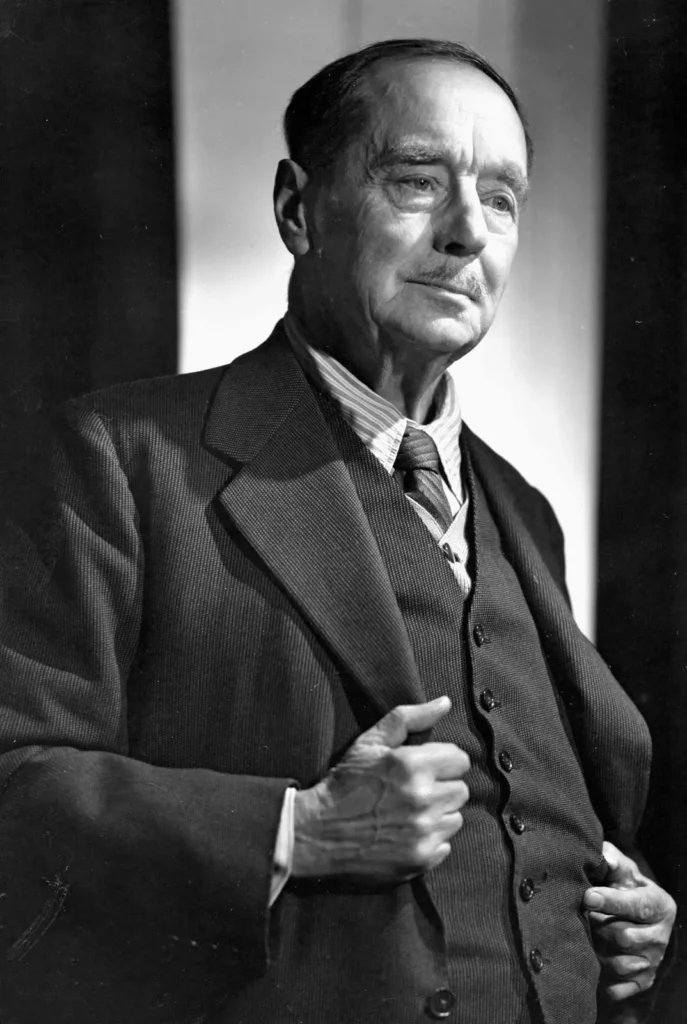
Prior to his novel-writing days, H.G. Wells once studied biology under T.H. Huxley at the Normal Schools of Science in London. His first book was A Textbook of Biology published in 1893. Wells took a big leap from scientific writing to the sci-fi genre, especially using post-apocalyptic theme, almost immediately after. The Time Machine came out just two years later, earning him instant popularity and a reputation for originality. It is based on his own short story about time traveler, published in 1888 in his college newspaper. The War of the Worlds is perhaps the closest to being a post-apocalyptic novel, depicting a Martian invasion of Earth. Published in 1898, it remains a classic today.
George Orwell (June 25, 1903 – January 21, 1950)
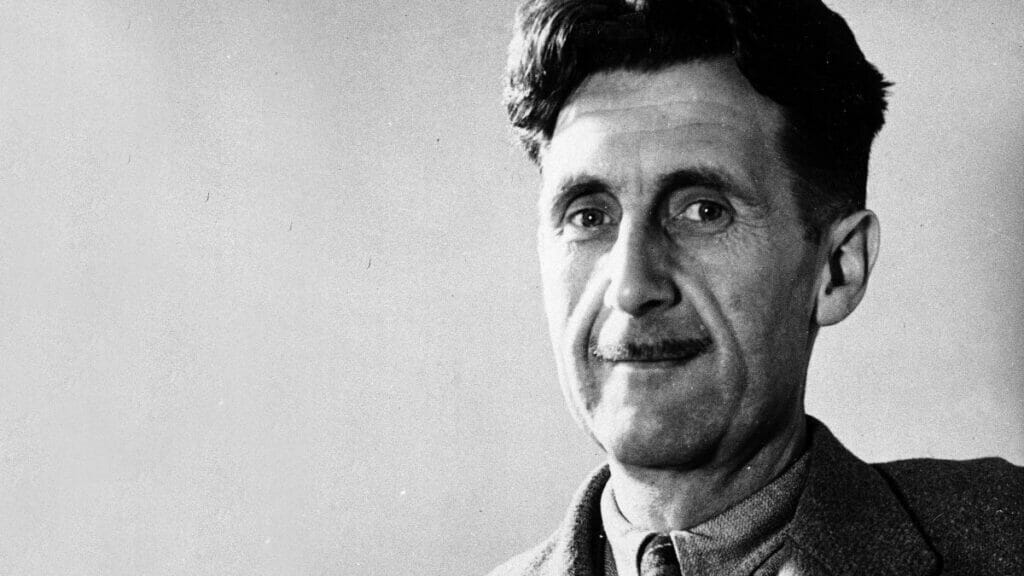
Readers know about George Orwell from only several widely-popular books, although he wrote hundreds of literary works (including poems and articles) throughout his life. Some of his most famous books include Animal Farm, Ninety Eighty-Four (1984), The Road to Wigan Pier, and Down and Out of Paris and London. The novel 1984 leans heavily toward anti-utopia, but it can be regarded as a post-apocalyptic text, with much of the world reduced to a chaotic state by perpetual war. Some call it simply an Orwellian text.
Margaret Atwood (November 18, 1939 – )
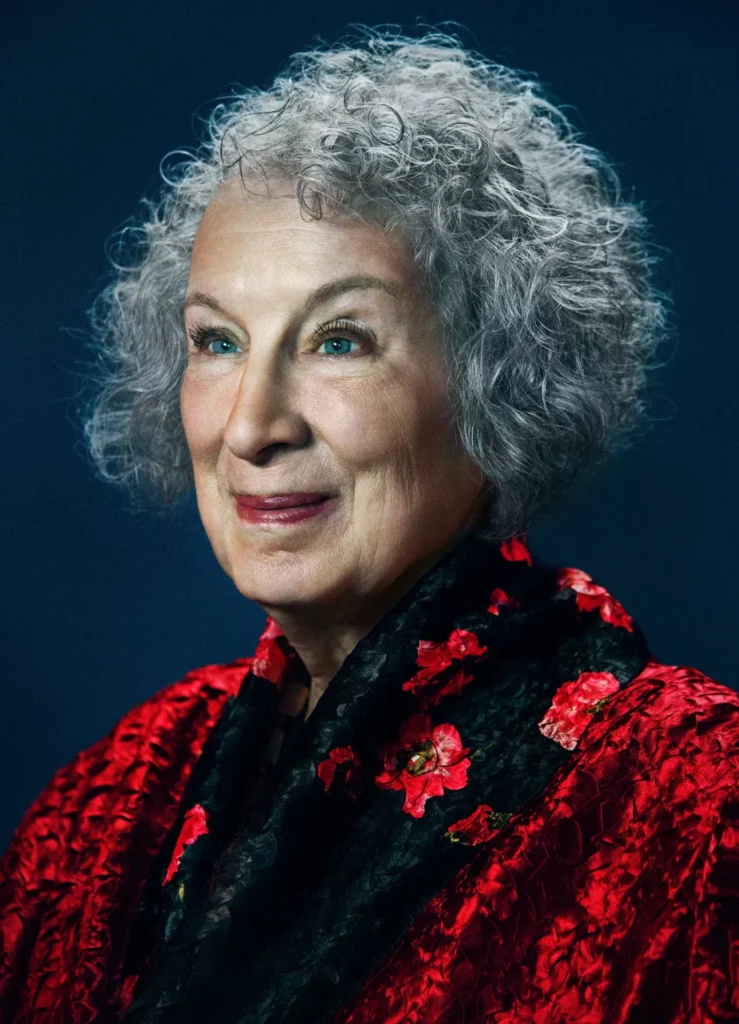
Most novels by Margaret Atwood revolve around the idea of feminism; women in their attempt to discover their true roles in the society. In some of her early poems such as Double Persephone, The Circle Game, and The Animals in That Country, Atwood explores the nature of human behaviors and despises materialism. Her most popular work, The Handmaid’s Tale, is also about feminism in a dystopian society. To call the novel a post-apocalyptic text would not be entirely accurate but the circumstances in which American women are forced to live could be best described a post-doomsday situation for women.
Max Brooks (May 22, 1972 – )
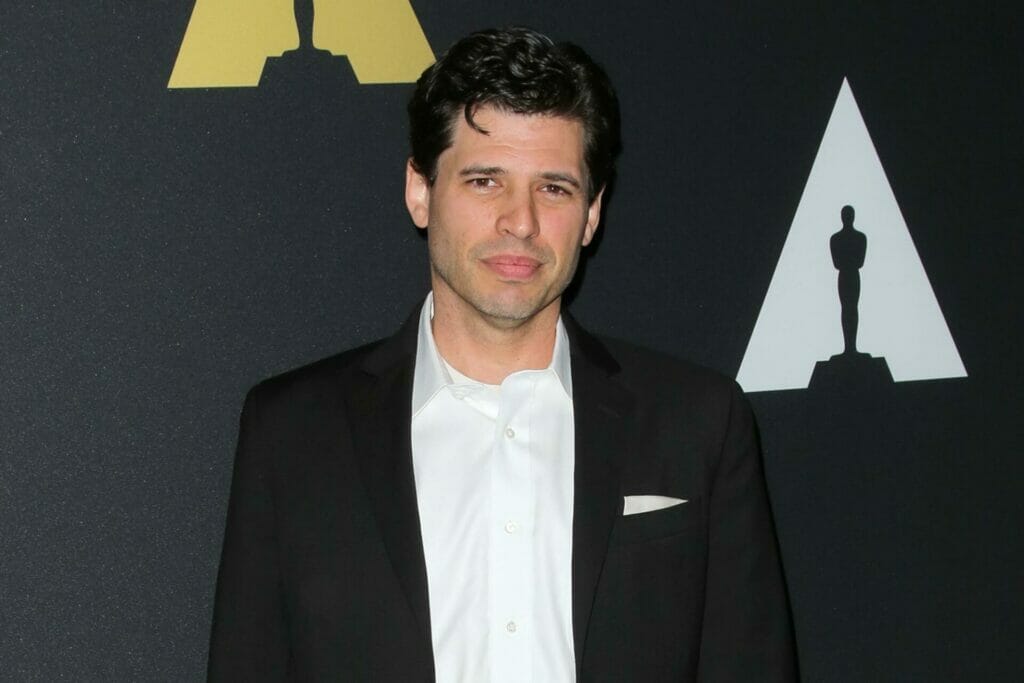
There are only a handful of titles in Max Brooks’ portfolio. The Zombie Survival Guide (2003) and World War Z (2006) did the job well to earn him international recognition as a brilliant author in the genre. The former is a manual guidebook in the event of a zombie outbreak, while the latter is written in a documentary style to chronicle the survivors’ stories.
Walter M. Miller Jr. (January 23, 1923 – January 9, 1996)
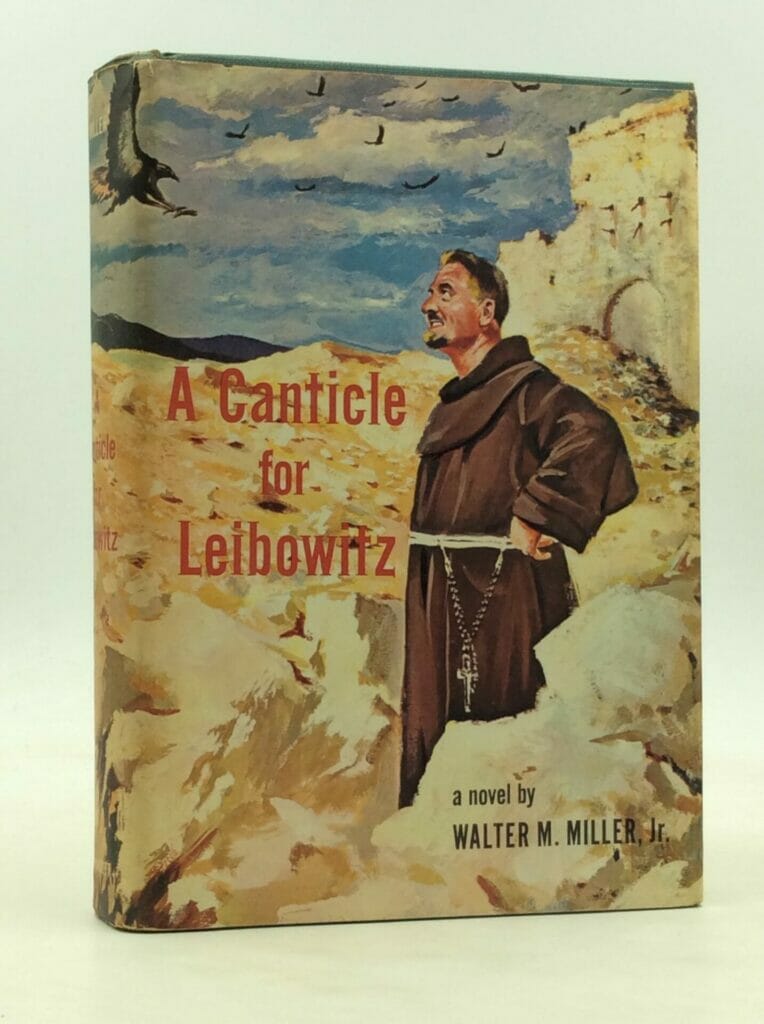
In 1955, he won a Hugo Award for The Darfsteller, a story about an actor-turned-janitor who works among robots. His best known work was A Canticle for Leibowitz (1959), based on a three novellas previously published in The Magazine of Fantasy and Science Fiction. The post-apocalyptic novel chronicles the journey of Saint Leibowitz in his effort to preserve scientific knowledge in a world where reading is considered a major crime. It earned the 1961 Hugo Award. A sequel for the book, titled Saint Leibowitz and the Wild Horse Woman, was published in 1997, a year after Miller’s death.
Stephen King (25 June 1903 – 21 January 1950)
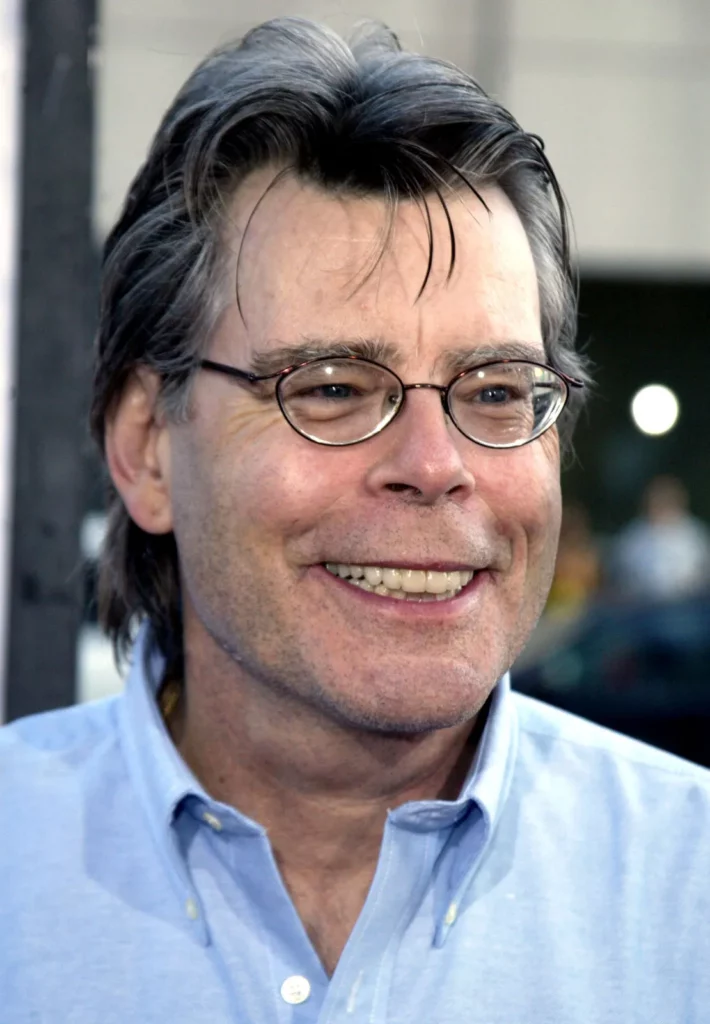
Best known for his horror novels, Stephen King is undoubtedly a prolific American writer with numerous popular titles over the course of his long career. His first novel, Carrie, published in 1974, became an immediate hit. It was followed by a string of successful titles such as The Shining, It, The Stand, and Doctor Sleep, among others. The Stand is a dark fantasy set against the backdrop of post-apocalyptic America of which the population has been decimated by a lethal strain of influenza.
Cormac McCarthy (July 20, 1933 – )
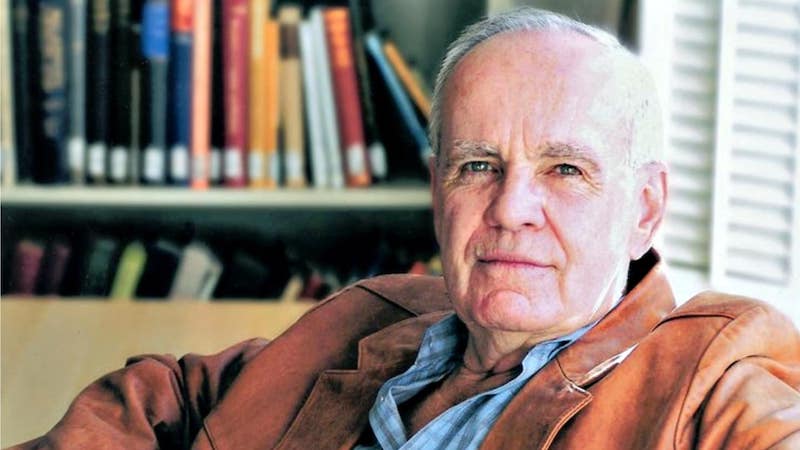
Common features in Cormac McCarthy’s novels are unpredictable characters and dense stylistic prose. The theme social outcast is evident in Outer Dark (1968) about an incestuous relationship, Child of God (1974) is about a downward spiral into depravity, and Suttree (1979) tells of an unhealthy preoccupation with death. McCarthy climbed to real fame with All the Pretty Horses (1992), a National Book Award winner. His much celebrated post-apocalyptic work, The Road (2006) is a Pulitzer Prize winner.
Richard Matheson (February 20, 1926 – June 23, 2013)

A recipient of Bram Stoker Award for Lifetime Achievement in 1991, Richard Matheson was also known as a Grand Master of Horror. He also won the Hugo, the Writer’s Guild, and the World Fantasy awards. He was inducted into the Science Fiction Hall of Fame in 2010. One of his most recognizable works is I Am Legend about the last man on Earth amidst a zombie outbreak. In the post-apocalyptic world, the man finally realizes that he is only a remnant of the old order, to be replaced by a new establishment of the undead.
John Wyndham (July 10, 1903 – March 11, 1969)
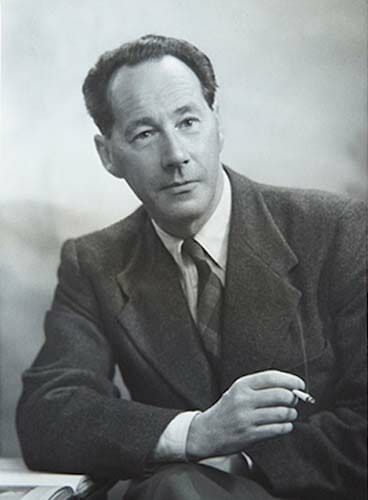
John Beynon, the author of The Secret People and Planet Plane/Stowaway to Mars (both released 1935) was actually John Wyndham. The first novel published under the pseudonym was The Day of the Triffids (1951) about a struggle for the planet between humans and a lethal plant. The book sent him to popularity and established him as a brilliant sci-fi author. His other works include The Chrysalids (1955), which is regarded as his least typical but at the same time seen as one of his greatest texts.
Mary Shelley (August 30, 1797 – February 1, 1851)
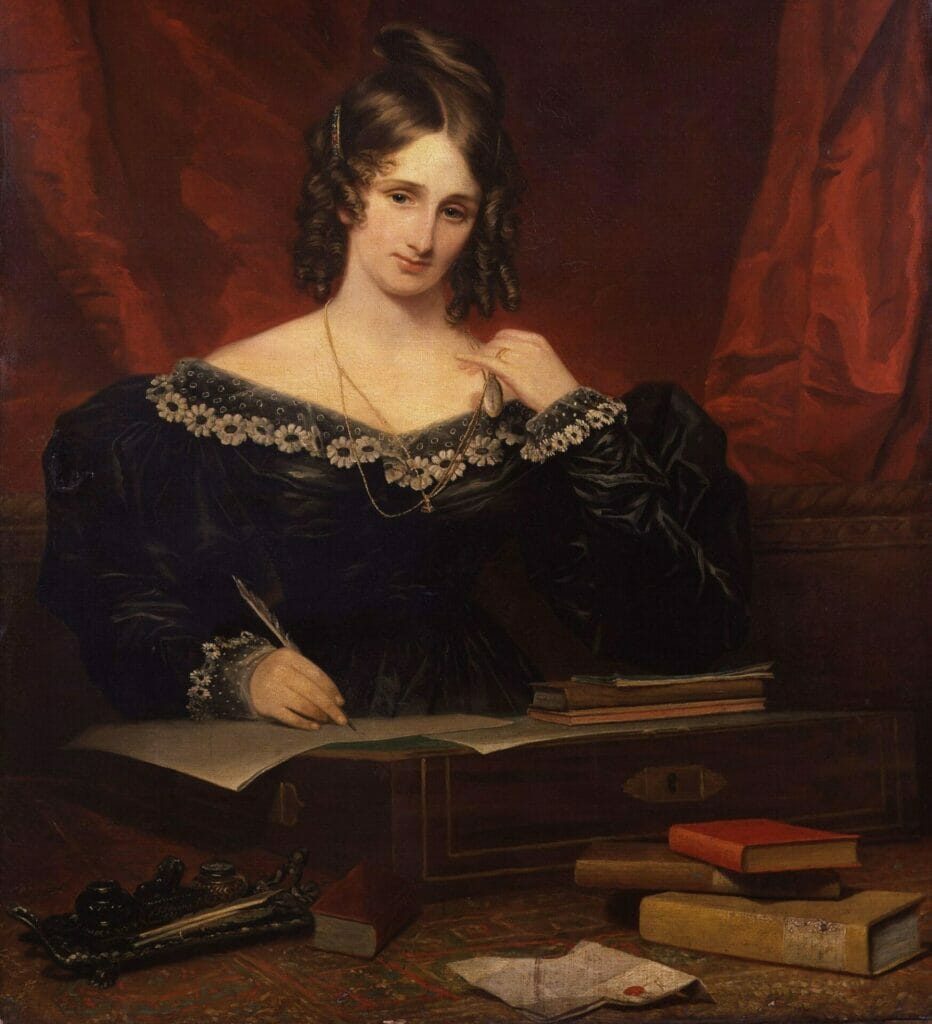
Following the death of her husband in 1822, Mary Shelley returned to England and focused much of her time publishing her late husband’s writings. Her own best work is Frankenstein; or, The Modern Prometheus, published in 1818. Not a post-apocalyptic tale in the strictest sense of the word, the novel pictures the danger and consequences the world might have to face when scientists become capable of creating an artificial human. It is considered largely as a Gothic text presented in a philosophical novel form. Her true post-apocalyptic work is The Last Man (1826), which had received negative reviews from critics during its publication year, but earned a much larger acceptance in modern days.
Octavia E. Butler (June 22, 1947 – February 24, 2006)
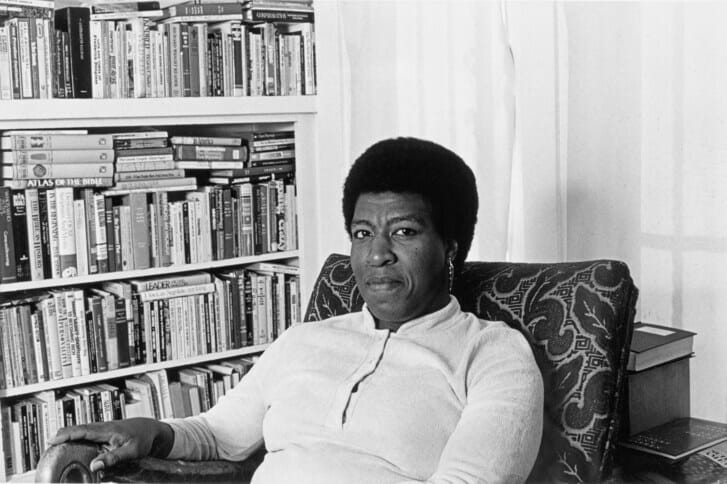
The science fiction of Octavia Butler’s style combines elements of mythology and spiritualism. In Kindred (1979), a black women has to time-travel back to the pre-Civil War era and rescue a slave-owning ancestor. Her post-apocalyptic title, Parable of the Sower (1993), is one of the subgenre’s greats, a 1994 New York Times Notable Book of the Year, and nominated for the 1995 Nebula Award for Best Novel. It tells the story of Lauren who suffers from a condition called “hyper-empathy.” In a world where there is not much left for everyone, she senses an overwhelming pain all around.
George R. Stewart (May 31, 1895 – August 22, 1980)
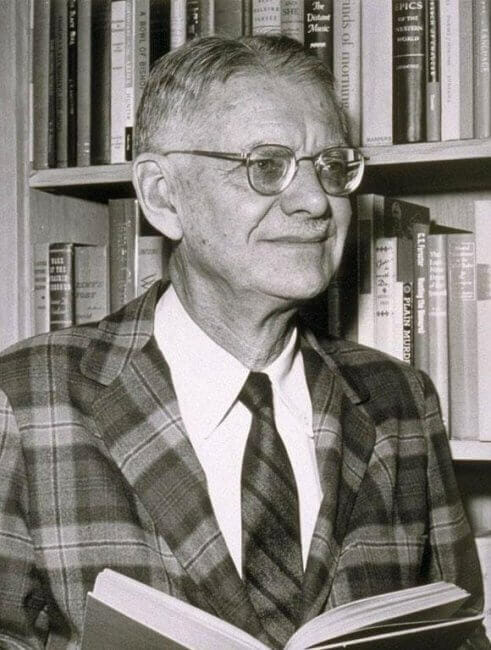
In 1959, George Stewart published Pickett’s Charge, a book that chronicles the final attack of Gettysburg. As it stands today, the book is considered an essential material to understand the Battle of Gettysburg. About a decade earlier, his post-apocalyptic Earth Abides received the International Fantasy Award, the first of its kind. It tells the story of Isherwood Williams, determined to rebuild a new world after the population has been wiped out by a pandemic. Before the book reaches the end, he has even managed to repopulate the Earth.
Colson Whitehead (November 6, 1969 – )
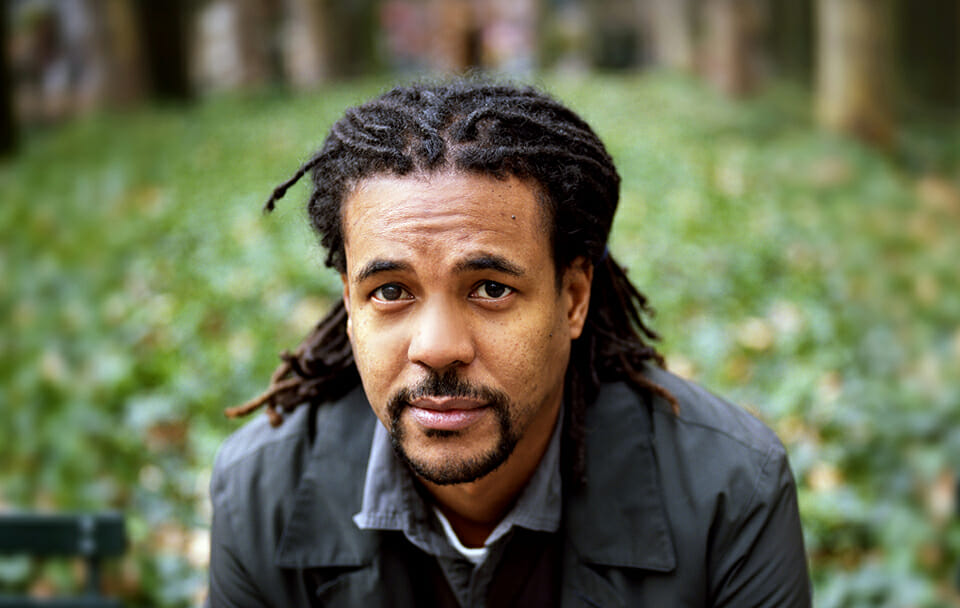
The first author to claim the Pulitzer Prize for two consecutive books – historical novels The Underground Railroad and The Nickel Boys, Colson Whitehead has proven himself to be a master of the trade. Several years before the recognition, he wrote Zone One (2011), a post-apocalyptic novel about the world after a zombie outbreak.
Such awesome authors! Do you have a favorite author who writes about the world’s end? Let us know. We’d love to hear from you.
Other things you might want to know about.
Who wrote the first post-apocalyptic novel?
According to Brandon Cornett on the website cornettfiction.com, most literary historians say that Mary Wollstonecraft Shelley was the first author to write in this genre. The book is called “The Last Man.” You can read it for free through Project Gutenberg, Google Books, and other sources.
Shelley (yes the same author who wrote “Frankenstein”) set the scene well into the future. It takes place between 2073 and 2100. This book was published in 1826. It tells the story of Lionel Verne, who was the adopted son of a poor nobleman. It’s a far cry from apocalyptic novels of today, but has much to say about society, religion, and education of the time period. It didn’t get rave reviews at the time. Some called it “A sickening repetition of horrors.”
Who are the best post-apocalyptic novels by female authors?
Since Mary Shelley is considered the first author to write in this genre, let’s consider who is the best female author today. According to shepherd.com, L.J. Thomas puts her own book at the forefront. She wrote “We Survivors A Story From After the End.” This tells about 17 year old Nadia who is sure she is the last person to survive on Earth. Then she hears a voice on her radio and that changes everything.
Thomas shares other female authors to support on this website.
“The Big Empty” by J.B. Stephens
This book is the first in a series about seven teenagers who enter the Big Empty, which is once the central part of the United States. It shows with different points of view the characters and their struggles.
“The Sounds of Stars” by Alecia Dow
This book is about an alien invasion and a girl named Ellie, who is a teen running an illegal library of books and music in what was once New York City.
“The Hunger Games” by Suzanne Collins
This is the saga of Katniss trying to save her sister in a twisted life or death game.
“Severance” by Ling Ma
Shen Fever overruns the world, turning people into zombies. Candace Chen leaves her office job to search for safety among a group of survivors.
“The Marrow Thieves” by Cherie Dimaline
This apocalypse is due to climate change that keeps people from dreaming. Indigenous people have discovered that marrow can restore dreams to those afflicted. 15 year old French goes into hiding with a group of Indigenous Canadians to flee marrow thieves.
Six of the best post-apocalyptic books by women
According to bustle.com these are six of the best post-apocalyptic books written by women:
“The Last Man” by Mary Shelley
“Station Eleven” by Emily St. John Mandel
“Find Me” by Laura van den Berg
“The Forest of Hands and Teeth” by Carrie Ryan
“Parable of the Sower” by Octavia E. Butler
“California” by Edan Lepucki

